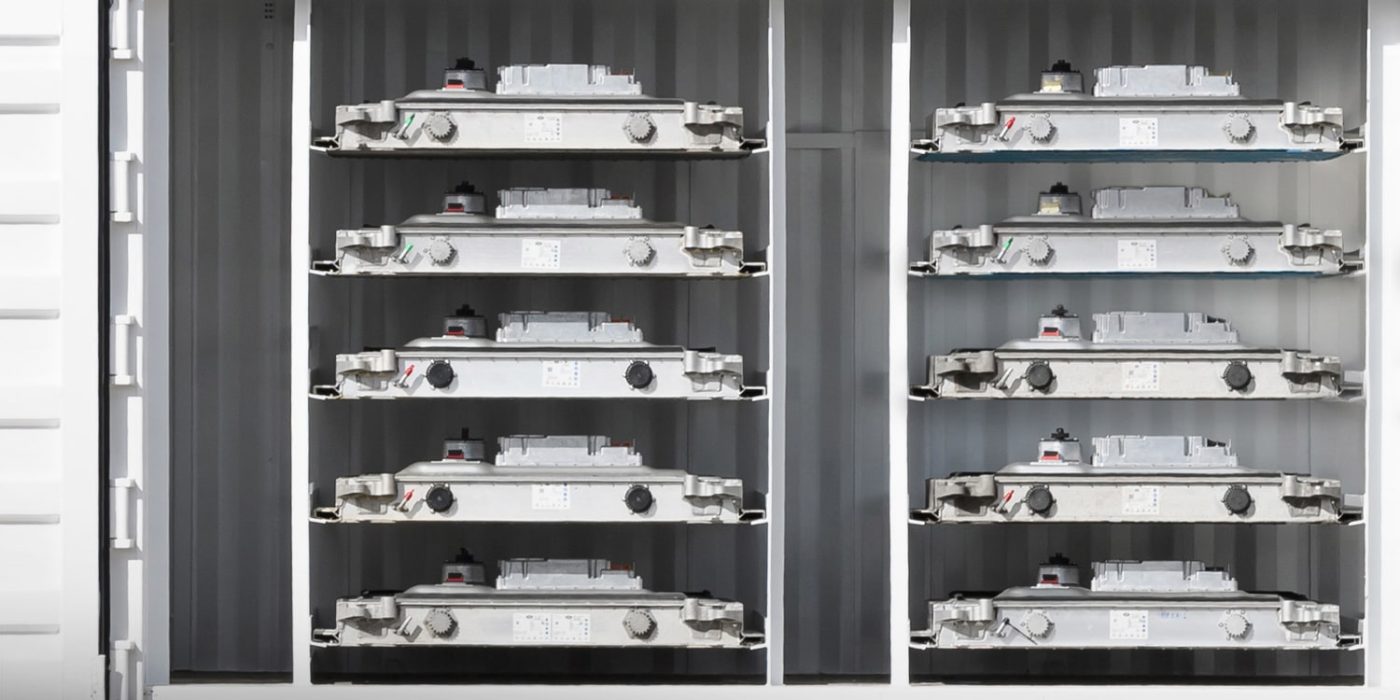Jaguar I-Pace batteries to enter second life as BESS
Jaguar Land Rover is cooperating with British Wykes Engineering to harness solar and wind power in spent Jaguar I-Pace batteries. The first three projects are lined up and could result in one of the largest renewable energy storage systems in the UK.
JLR already tasked Wykes Engineering with developing a battery energy storage system (BESS) using batteries from the I-Pace electric car. Each system will include 30 batteries from Jaguar prototypes and test vehicles, and an inverter. JLR sets the system capacity at 2.5 MWh.
The carmaker plans to deliver enough batteries for three such systems by the end of 2023, adding up to an energy storage capacity of 7.5 MWh. That should be enough to supply 750 households with energy for one day.
Since each BESS has its own inverter, it can feed electricity into the grid during peak times and draw electricity from the grid during off-peak times when demand is lower to buffer future peak loads.
JLR adds that thanks to the technical collaboration, Wykes Engineering achieved “seamless integration”. The batteries are simply removed from the I-Pace and slotted into racks in the containers on-site, also helping to “maximise the sustainability of the project,” writes JLR.
The company targets carbon net zero by 2039 and counts the project among its steps towards a more circular economy.
Subsequently, Jaguar and Wykes want to realise more systems with batteries from series I-Pace cars coming to the end of their life.
Second-life battery supply for stationary applications could exceed 200 gigawatt-hours per year by 2030, creating a global value over $30 billion, Jaguar quotes McKinsey. The company adds that its batteries can be deployed in low-energy situations especially since the the stringent requirements of a (Jaguar) electric vehicle typically leaves a 70-80% residual capacity.
By 2030, JLR’s Range Rover, Discovery, and Defender lines will each have a pure electric model, while Jaguar will be entirely electric.





0 Comments